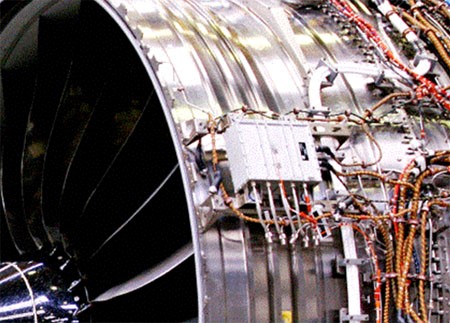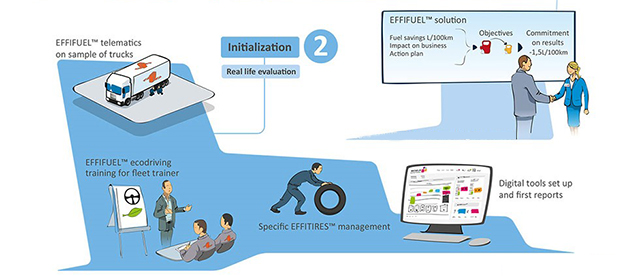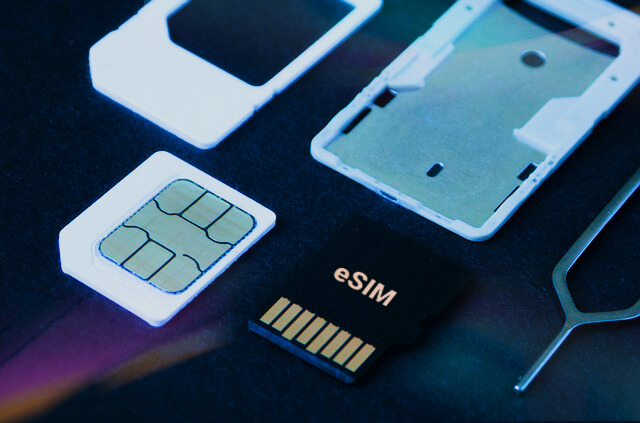Industrial internet is gaining momentum, but still needs several years for larger adoption and especially for an establishment of common standards – today several technologies and concepts coexist and only the fittest will survive when market maturity is reached.
The industrial infrastructure of industrial assets will be optimised through the development of the smart factory concept by implementing new manufacturing practices that take advantage of ICT innovations. This aims to go beyond the introduction of new technologies in the production process. The core principle is the increase in connections and integration of the different ICT-enabled components in a single networked system. The developments of the smart factory result in gains in production costs as defects are eliminated and automation reduces the intensity of human resources in production tasks. Value thus shifts to research and development and design tasks on the one hand, and to after-sales services on the other hand. Major industries now adopting the smart factory encompass aeronautics, the automotive industry and consumer electronics.
 Source: IDATE
Source: IDATE
The Industrial Internet of Things is also considered as a way to improve the appeal of core products by providing more services associated with machines rather than expecting new revenues. As a consequence, vertical players are tending to lower their expectations for data monetisation, focusing essentially on using data for process optimisation mainly, bringing more value to their core products. However, some industries like the automotive industry still aim to generate additional recurring service-based revenues over time through additional interactions (rather than standalone product sales with renewal several years later). They are pushing their subscription-based services, even though the real adoption is still under interrogation (even for premium manufacturers).
Rolls Royce engines equipped with ensors:
 Source: Rolls Royce
Source: Rolls Royce
In addition, servicisation is also used to increase customer loyalty, where the traditional product purchase (transaction relationship) is being transformed into a recurrent relationship between suppliers and clients. Moreover, new innovative and disruptive pricing models will be introduced, with the example of tyre manufacturers which sell services (on a per-km basis through Tyre-As-A-Service) for professional fleet managers.
EFFIFUEL solution principle:
 Source: Michelin Solutions
Source: Michelin Solutions
Data will play an important and central role in the future as many players aim to leverage the data collected from the connected objects, chiefly for business reasons. There are still questions around the real monetisation of the data as it is based on the ownership of the data itself and its related control. Early initiatives show data use for internal use, circumventing data privacy issues.
The market of the industrial internet will be driven by the enabling technologies (LPWA and big data chiefly) which provide disruptive features. Moreover, different national and international initiatives such as Industry 4.0 or the Industrial Internet Consortium (IIC) support the development of these new technologies led by the automation and engineering industry giants.
However, in addition to doubts around data monetisation, the market is also facing such barriers as security and reliability concerns, interoperability issues and potential societal impact on workforce training and employment. Furthermore, this is leading industrial giants to have their own data-oriented department and they are required to acquire new skills and expertise around data – a process which also takes time.










